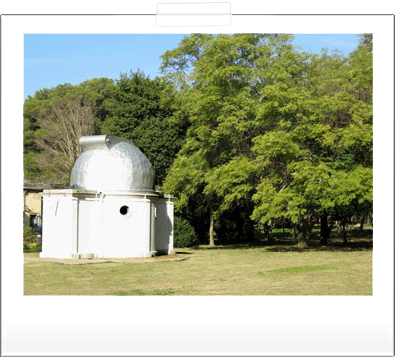
Modelos de Estrellas Peculiares
Along its history the MEP has focused its activity on the Be stars problem.
These stars show, in their spectral photographic, a normal B(V-IV) spectrum on which emissions of permitted transitions are superimposed. In the UV the characteristics of the wind differ from normal B stars in the sense that one detects more absorption lines with some larger equivalent width and the presence of the "superionization" phenomenon.
Be stars frequently exhibit flux excess in the IR continuum and, in a lesser scale, in the UV continuum.
Be stars models develop from a proposal by Struve (Ap.J. 73, 94, 1931) on the existence of a ring around the central normal star. At present, interferometric observations suggest the presence of thin discs around the central star (Quirrenbach et al. Ap.J. 479, 477, 1997), a feature which is verified, mostly, in binaries. Interferometric observations of Achernar (Doimiciano de Souza et al. A&A 407, L47, 2003), during a period of minimum emission, do not disclose the presence of a disc.
During some intervals of time Be stars do not show emissions and display a normal B(IV-V) star spectrum. For this reason, the proposed models for Be stars do represent them only in one particular phase or stage and are inadequate for others.
Models should reproduce, not only the observed spectrum but should satisfy observational data of polarization, X-ray emission, V/R variations and the many correlations verified among different sets of observational data.
It is already well established thet stellar winds in early type stars are radiatively driven (CAK Ap.J. 195, 741). On these basis and introducing rotation, Curé et al. (A&A 437, 929, 2005) obtained hydrodynamical solutions for the wind; Iglesias & Ringuelet (Ap.J. 411, 342, 1993) obtained magnetohydrodynamical solutions for the wind and, in both cases, the authors find two solutions, one fast and a second slow one at the equator. The possibility of two solutions provide new possibilities to be added to the well known "beta" solution.

